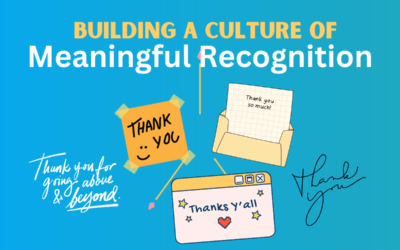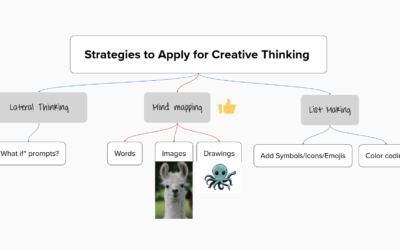 No charity was ever created just so it could manage a database or accept online payments. A wide range of these support services make it possible to accomplish change in the world, such as volunteer recruitment or client tracking. These are means to an end, not a necessity in and of themselves. Which are the right tools at the right time?
No charity was ever created just so it could manage a database or accept online payments. A wide range of these support services make it possible to accomplish change in the world, such as volunteer recruitment or client tracking. These are means to an end, not a necessity in and of themselves. Which are the right tools at the right time?
Most nonprofits don’t need everything offered in a comprehensive Customer (or client or donor) Relationship Management system (CRM), and they certainly don’t need the headaches of integrating such a behemoth into their daily work. Sometimes, the tail wags the dog in these support services and nonprofit staff end up using a technology solution not because it is helpful in accomplishing the mission, but because it was bundled into a package of other services, so it was “already paid for.”
A slew of new services are trying to disrupt the “we do it all” model and the accompanying pricing market in specific areas. New players this year include:
- CommitChange launched with investment from online moguls, including Mark Cuban. The disruption here is on both price and business model. CommitChange allows charities to collect online donations through their secure service for only the cost of credit card processing (currently 2.9 percent plus $0.30 per transaction and scheduled to reduce soon as volume increases). They have made a public commitment to “no skimming” on donations in a hope that charities will add service tiers, but it functions perfectly well standalone. PayPal has done minimal fee transactions (currently at an even lower 2.2 percent) like this for a long time, but CommitChange throws in lots of extras (like peer-to-peer or crowdfunding support) at no cost to the nonprofit.
- iTrulyCare is doing the same for events planning and management. They take that cheap PayPal processing and layer free events management and ticketing services. Their site says they are doing this only because they want to help charities, with no longer-term plans for fees or freemium services. That works great for the near term, but any business that doesn’t have plans to pay some bills is subject to long-term stresses. A two-person operation is vulnerable to illness, job changes, and the like.
- Buffer wants charities to choose them at a discount rather than for free, but is still offering to select one pain point (managing social communications) out of the big service stack and let charities do just that element without having to buy the whole buffet.
The nimble nonprofit may pick and choose just what they need, but if the organization grows and becomes hungry enough, it may be time to move on to the full buffet. Some large-scale providers like CiviCRM and Salesforce.com are free (up to 10 users for Salesforce) to get for nonprofits, but the implementation is openly expected to require spending to make it work for the specific needs of any organization. The good people at TechSoup have a list of more big CRM tools for nonprofits considering just how much can they chew.
The strategy question isn’t just about buying only what you need, when you need it, but also looking to the future. If a bigger need is coming very soon, maybe the full solution with customization is the better buy. The other side of the coin, however, is the speed of innovation in these services. New businesses are coming to market, and making do with just what the organization needs this year may mean a really good deal on expanded services next year.
This article by Steve Boland was originally published at Nonprofit Quarterly, and republished here with permission.




